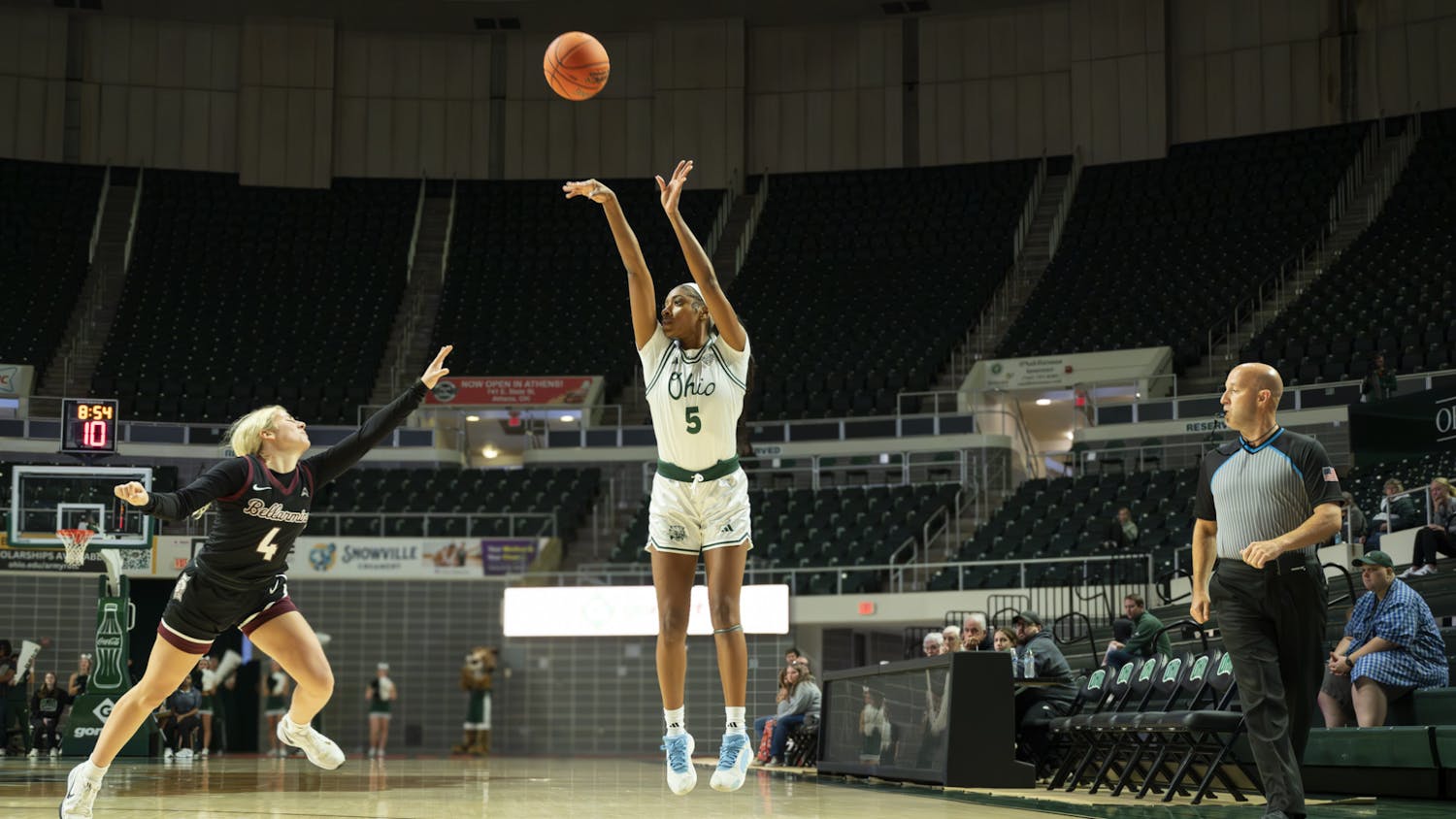Outside of Halloween parties and Foot Locker stores, referees generally are not highly esteemed — sometimes for good reason. But before throwing (another) temper tantrum and/or beer at that TV you can’t afford to replace, take a moment to think about what you can expect from the men in stripes, navy blue or, in the NBA’s case, gray.
The hardest sport to officiate is football. The field is larger than for any other game, except for soccer. With seven officials in charge of various aspects of enforcement watching 22 players on the field, penalties can occur in more places than officials can look. Add in a handful of eligible receivers, and pass-interference, out-of-bounds and ball placement calls sometimes that must be made from 30 yards away. Plus, most NFL officials run slower 40-yard dashes than interior linemen, complicating downfield officiating further.
The use of instant replay has taken a lot of pressure off these stressed zebras, but most penalty rulings still are unreviewable. The vast majority of reviewed plays are upheld, however, showing these judicious individuals have their act together. For these reasons, NFL officials get an A- ruling.
Basketball’s rules are next hardest to enforce. Put three referees on the floor with 10 egos, and you have a mess on your hands. At least in the fourth quarter, the game is fast-paced. Smaller men in pinstripes must attempt to regulate play from a floor below all the action.
But NBA officials can do a lot more to help themselves. They have built a reputation for giving a slight edge to home teams. Television analysts, in all their glory, frequently remark that a player “will not get that call on the road.” And there’s something about allowing three strides without dribbling that just lacks authority. The NBA gets a C+ for its officiating.
Baseball comes next on the list. Including ball and strike decisions, a four-man crew will make more calls in nine innings than officials in any other sport. This leads to more frequent complaints from fans, but steady training keeps the strike zone consistent for the most part. With a 162-game season, wrong calls will be made and coaches will get ejected, but the umpire remains more invisible than officials in most other sports.
Only boundary calls may be reviewed, but purists argue that changes are unnecessary. The action is concentrated in a few areas. But Jim Joyce’s infamous call that cost Armando Galarraga a perfect game serves as a reminder that there is always room for improvement, especially in the technology department. And sometimes beer bellies get in the way of proper positioning to make a call. The men in blue deserve a B+.
Hockey appears to be less difficult to officiate, but maybe that’s because they make it look so easy. Referees in this sport possess a fitness level unmatched by any other group of officials. This allows for almost constant attention to the action, and the 3-to-1 ratio of players to referees also keeps things under control. When fights break out, the quartet can restore order in a matter of seconds. Rarely does video evidence overturn an on-ice ruling. Players and officials have a close bond that keeps their interactions respectful. The skating zebras get an A.
The next time a neutral decision-maker victimizes your beloved team, determine an appropriate level of scrutiny … but after that, by all means, heckle away.
—Michael Stainbrook is a sophomore studying journalism. Email him at ms229908@ohiou.edu if you also hound zebras.





